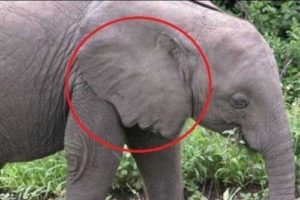Pareidolia
Pareidolia is the technical term to describe the human tendency to mentally construct familiar images from random visual stimuli, both dynamic and static, such as clouds, fires, mountains, trees, toasted bread, vegetables etc., etc., etc. The links below(a)-(e) give many examples, some funny, some pathetic. The Fortean Times magazine provides regular examples.
Readers will by now be asking what this has to do with Atlantis. Well quite frankly, very little, except that a recent book by the Columbian author, Santiago Martínez Concha, entitled Atlantis devotes a large part of this slender volume to photos of mountains where pareidolic images of heads are claimed to have been carved by ‘giants’ which the author identifies with the nephilim of the Old Testament. The book is available as a free Kindle download(f) and quite frankly it is overpriced at that. [offer no longer available as of April 2014]
Perhaps even more pertinent is the claim by Doug Yurchey that Atlantis had been situated in the Atlantic and connected to twelve colonies by a perfect grid(g), one of which was in Canada and marked by an Indian head! This perceived image is a classic case of pareidolia.
Another example is what is known as ‘The Carpathian Sphinx’ in Romania’s Brucegi Natural Park. A pathetic attempt to construct a serious theory linking this natural rock formation with the Egyptian Sphinx is the subject of a 2014 feature-length YouTube video by filmmaker Oana Ghiocel(h).
A collection of 20 images with a claimed religious significance has been published on the website of The Telegraph website in the UK(i).
(a) https://www.seeker.com/is-that-an-elephant-on-mars-1765727684.html
(b) https://forum.schizophrenia.com/t/pareidolia/8739 (see elephant ear image above)
(c) https://hellaheaven-ana.blogspot.com/2011/06/pareidolia-took-queens-elizabeth-dollar.html
(d) https://web.archive.org/web/20190623012114/https://www.yoism.org/?q=node/129
(e) https://earthsky.org/human-world/seeing-things-that-arent-there
(f) See: https://web.archive.org/web/20130208081014/https://www.amazon.com/ATLANTIS-ebook/dp/B007PKOQNA/
(g) https://www.world-mysteries.com/newgw/doug_atlantis_pg.htm (link broken July 2020)


